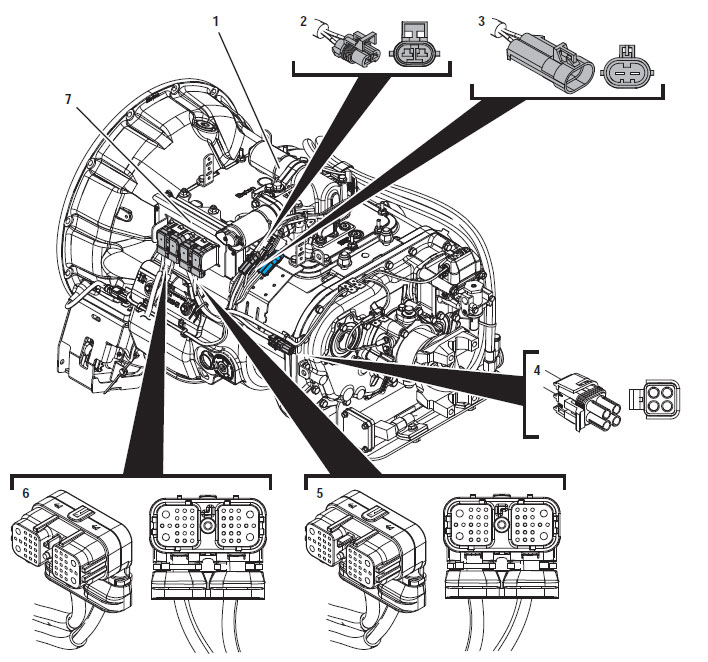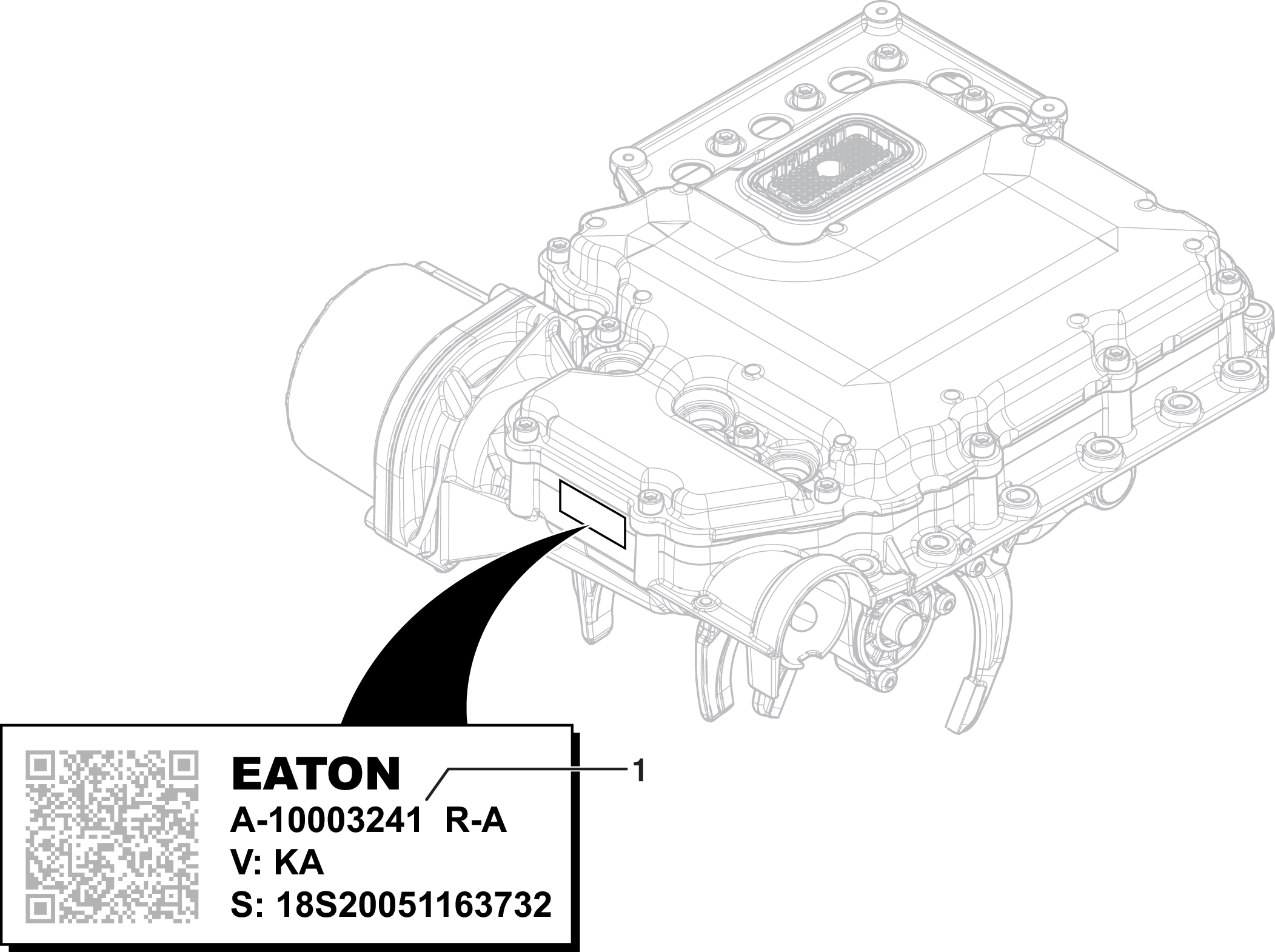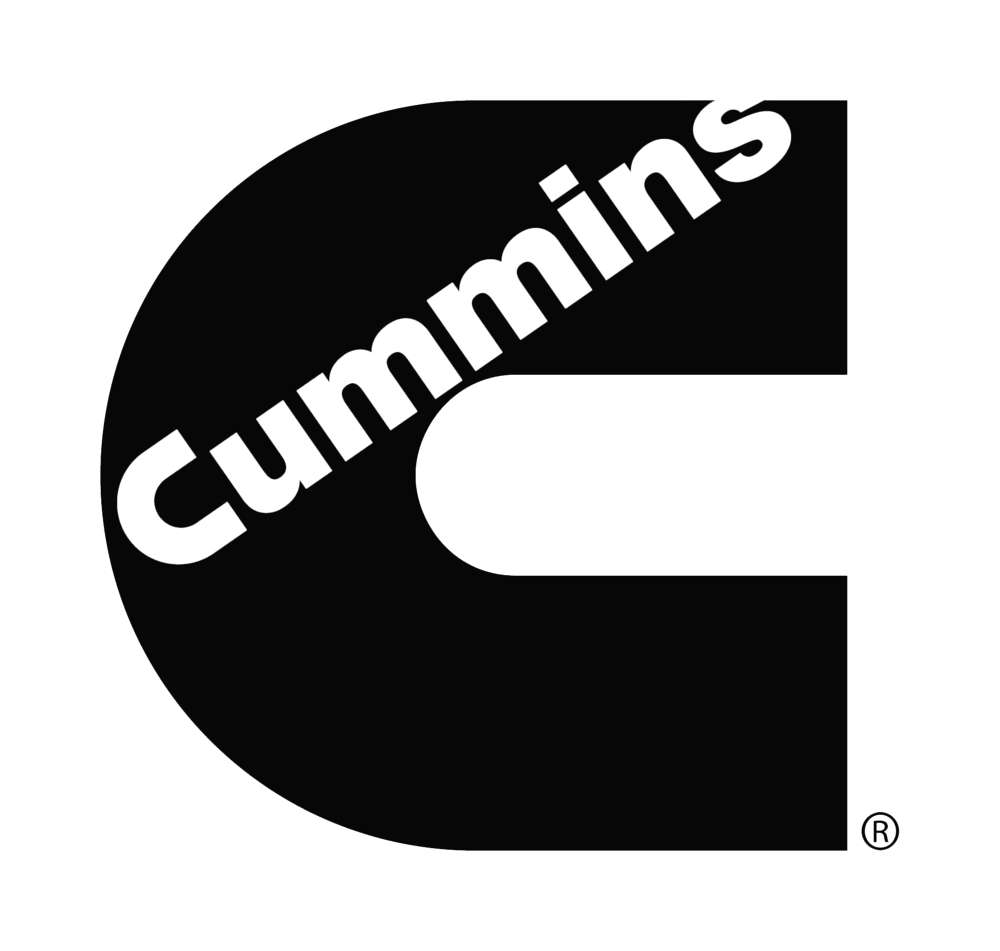SPN(Suspect Parameter Number) FMI(Failure Mode Identifier)

The suspect parameter number (SPN) is diagnostic fault code terminology found on some of our equipment using a J1939 CAN data link.
Represents the SPN with error. Every defined SPN can be used in a DTC.One of the most frustrating parts of modifying and adding parts with SPN/FMI code to your vehicle is the fact you may run into a check engine light every once and awhile. It could be because you went with an off-road mid-pipe and now need to get the tune adjusted for the lack of catalytic converters, or simply because you may need to clean your mass air flow (MAF) sensor. Regardless of the reason, there are a long list of SPN diagnostic trouble codes that will describe the cause of the check engine light on your vehicle.
When solving SPN/FMI problem, it is important for the person not to emphasize the error code. The main reason is that the error code is not a problem but a sign of an underlying issue that could be happening. Since there are different causes of the error code, it could be hard to identify the exact cause if you concentrate on the error rather than looking at the cause.In fixing this error code, you should remember that the code itself is not the problem but an indication of other underlying issues. There are different possible causes for this error code; hence, you might need to find the exact cause to address this error code.

The failure mode of DTC system is identified by getting data about an electronic signal from the circuit of the suspect material. These failure mode identifiers can be divided into two groups::
- Codes that indicate that a problem with an electronic circuit or an electronic component has been detected
- Codes that indicate that a system event has been detected
Typically, the first category of code is generated when the signal for the circuit is outside the range of the sensor. The second category of code indicates that the sensor signal is OK, but the signal is outside the normal operating range of the parameter. Refer to the troubleshooting guide for the specific product. The troubleshooting guide procedure will help determine the root cause of a DTC.
DTC codes includes SPN and FMI also ;
- A SPN (a PID from J1587)
- A SID (same as J1587)
- An FMI (expanded from J1587)
- Occurence count (same as J1587)
SPN FMI Codes

This solution is intended as supplemental reference information to be used in a general context to assist in troubleshooting. Where Used When Fault Code Descriptions do not provide the level of detail needed to diagnose an issue i.e. "too vague". This may also be useful in cases where multiple codes have identical fault descriptions.
Engine Diagnostic Codes :
Unless you are purchasing a truck for the brand name, the engine that goes into a truck should be your first priority in your purchasing decision because some of the engines don't share its fault codes with public but some of YES! . Here we break down the engines from various manufacturers to know their fault so you may make an educated decision on the inner workings of your future vehicle choice.
These engine models is most used vehicle engines, we listed their SPN and FMI trouble codes. Now that you have your advanced fault code information, you can use this to further diagnose the issue.
Freightliner SPN FMI Codes

List of Freightliner Trucks is an American truck manufacturer SPN FMI error codes.
Cummins SPN FMI Codes

Most used engine in trucks is Cummins has more than 100 SPN/FMI codes list.Cummins Tier 4 Fault Codes.
Engine Problem Check Places

Before starting diagnosis and repair, you should know every component of the engine.
Six electronic control units (ECUs) are used; the engine control module (ECM), instrument control module (ICM), Vehicle Electronic Control Unit (VECU), transmission control module (TCM), the gear selector control module (GSCM) and the aftertreatment control module (ACM). Together, these modules operate and communicate through the SAE J1939 (CAN 1) data link to control a variety of engine and vehicle cab functions. The ECM controls such things as fuel timing and delivery, fan operation, engine protection functions, engine brake operation, the exhaust gas recirculation (EGR) valve and the turbocharger nozzle. The VECU controls cruise control functions, accessory relay controls and idle shutdown functions. The ICM primarily displays operational parameters and communicates these to the other ECUs. All have the capability to communicate over the SAE J1587 data link primarily for programming, diagnostics and data reporting
SAE J1939 FMI Table
SAE J1939 Data Link CommunicationThe electronic control units (ECUs) that communicate on the SAE J1939 data link, communicate according to the SAE J1587 standard. The diagnostic trouble codes (DTCs) set by the ECUs contain information that is described by the following abbreviations.
SA Source Address: Identification of a control module.
SPN Suspect Parameter Number: Identification of a parameter (value).
FMI Failure Mode Identifier: Identification of fault types.
| FMI | SAE Text |
|---|---|
| 0 | Data valid but above normal operational range - Most severe level |
| 1 | Data valid but below normal operational range - Most severe level |
| 2 | Data erratic, intermittent or incorrect |
| 3 | Voltage above normal, or shorted to high source |
| 4 | Voltage below normal, or shorted to low source |
| 5 | Current below normal or open circuit |
| 6 | Current above normal or grounded circuit |
| 7 | Mechanical system not responding or out of adjustment |
| 8 | Abnormal frequency or pulse width or period |
| 9 | Abnormal update rate |
| 10 | Abnormal rate of change |
| 11 | Root cause not known |
| 12 | Bad intelligent device or component |
| 13 | Out of calibration |
| 14 | Special instructions |
| 15 | Data valid but above normal operating range - Least severe level |
| 16 | Data valid but above normal operating range - Moderately severe level |
| 17 | Data valid but below normal operating range - Least severe level |
| 18 | Data valid but below normal operating range - Moderately severe level |
| 19 | Received network data in error |
| 20 | Reserved for SAE assignment |
| 21 | Reserved for SAE assignment |
| 22 | Reserved for SAE assignment |
| 23 | Reserved for SAE assignment |
| 24 | Reserved for SAE assignment |
| 25 | Reserved for SAE assignment |
| 26 | Reserved for SAE assignment |
| 27 | Reserved for SAE assignment |
| 28 | Reserved for SAE assignment |
| 29 | Reserved for SAE assignment |
| 30 | Reserved for SAE assignment |
| 31 | Condition exists |
SPN Codes

Suspect parameter numbers (SPN) can vary on trucks, it begins from 1 to 5 digit numbers and located different part of the vehicle such as ECM, GWM, HVAC-C, CMS, ICU, CHM, TCU, PLC, ABS/ATC and TM units. We listed all the SPN codes below.
Check all spnfmi code list above.
SPN Code Look-up
The FMI/SPN is used in conjunction with the SPN to provide specific information related to a diagnostic trouble code (DTC). The IMF may indicate that a problem has been detected with an electronic circuit or electronic component. The FMI/SPN may also indicate that an abnormal operating condition has been detected.
FMI represents the nature and type of error that occurred, e.g., value range violation (high or low), sensor short-circuits, incorrect update rate, calibration error.The FMI may also indicate that an abnormal operating condition has been detected. The codes are displayed in the form 'SPN - FMI'. The ECM / ECU also attaches a text description to the message that is transmitted over the J1939 data link. This text description is used to describe the SPNFMI.
FAILURE MODE IDENTIFIERS (FMI)
Now that we have defined MID (The component) and PID (types of data), we can talk about Failure Mode Identifiers (FMI). Every diagnostic trouble code (DTC) that you find will have an FMI. This code is set by the ECM detecting a variety of problems, such as too much voltage, not enough voltage, resistance is incorrect, and so on. So here is the list of possible FMI values:- 0 = Data Valid but Above Normal Operational Range, Most Severe Level
- 1 = Data Valid but Below Normal Operational Range, Most Severe Level
- 2 = Data Erratic, Intermittent or Incorrect (rationality)
- 3 = Voltage Above Normal, or Shorted to High Source
- 4 = Voltage Below Normal, or Shorted to High Source
- 5 = Current Below Normal, or Open Circuit
- 6 = Current Above Normal, or Grounded Circuit
- 7 = Mechanical System not Responding or Out of Adjustment
- 8 = Abnormal Frequency or Pulse Width or Period
- 9 = Abnormal Update Rate
- 10 = Abnormal Rate of Change
- 11 = Failure Code not Identifiable
- 12 = Bad Intelligent Device or Component
- 13 = Out of Calibration
- 14 = Special Instructions
- 15 = Data Valid but Above Normal Range: Least Severe Level
- 16 = Data Valid but Above Normal Range: Moderately Severe Level
- 17 = Data Valid but Below Normal Range: Least Severe Level
- 18 = Data Valid but Below Normal Range: Moderately Severe Level
- 19 = Received Network Data in Error: (Multiplexed Data)
- 20 = Data Drifted High (rationality high)
- 21 = Data Drifted Low (rationality low)
- 22 to 30 = Reserved for SAE Assignment
- 31 = Condition Exists

